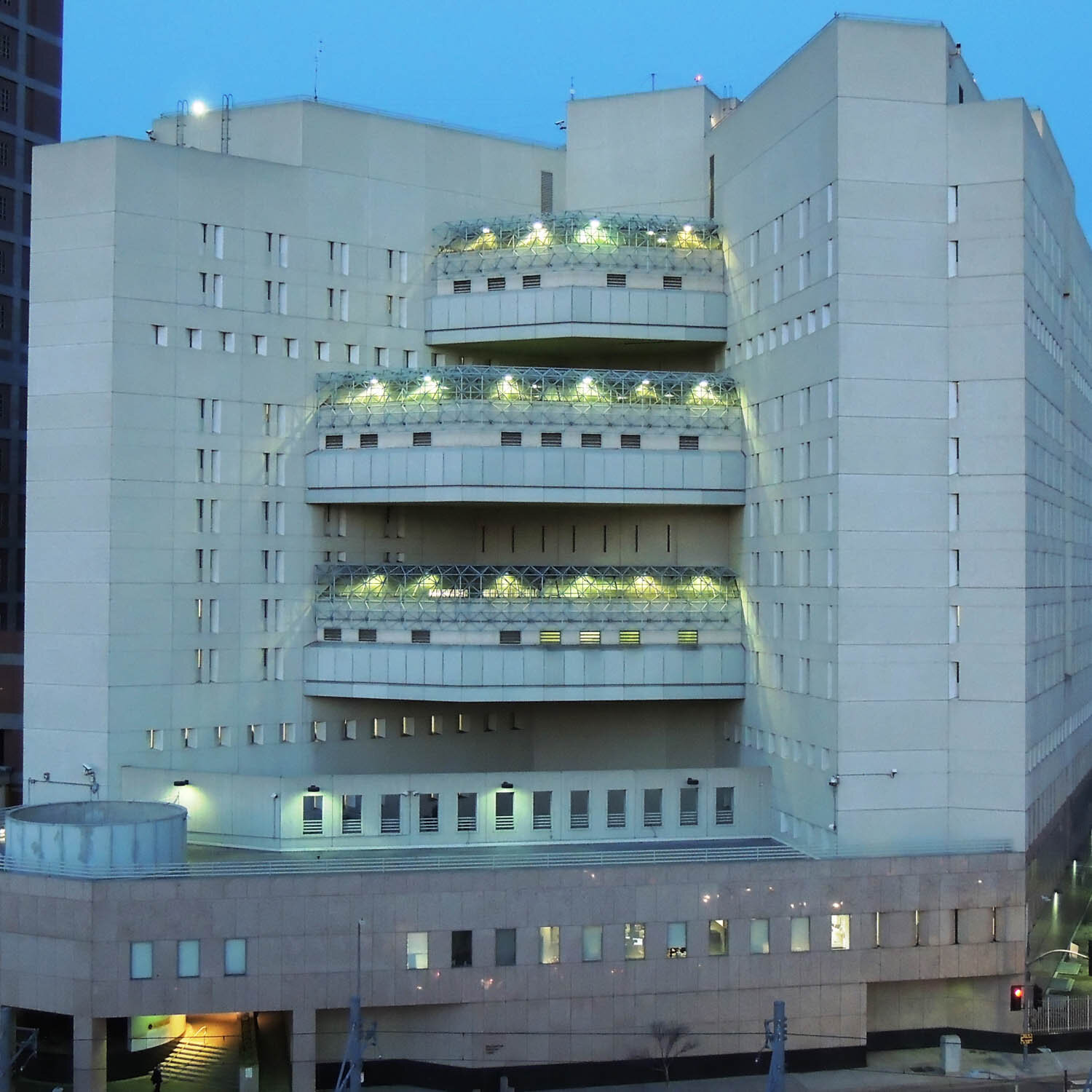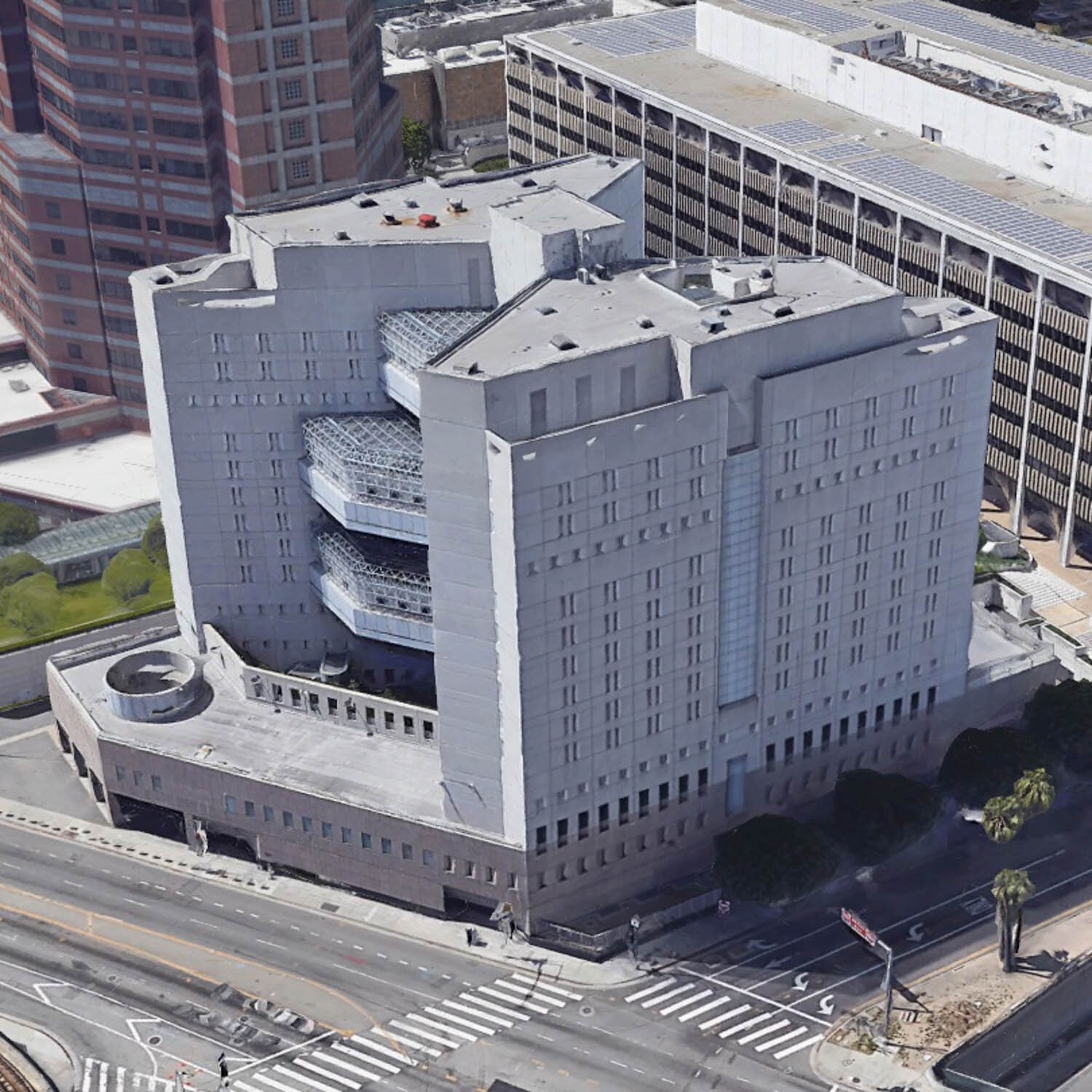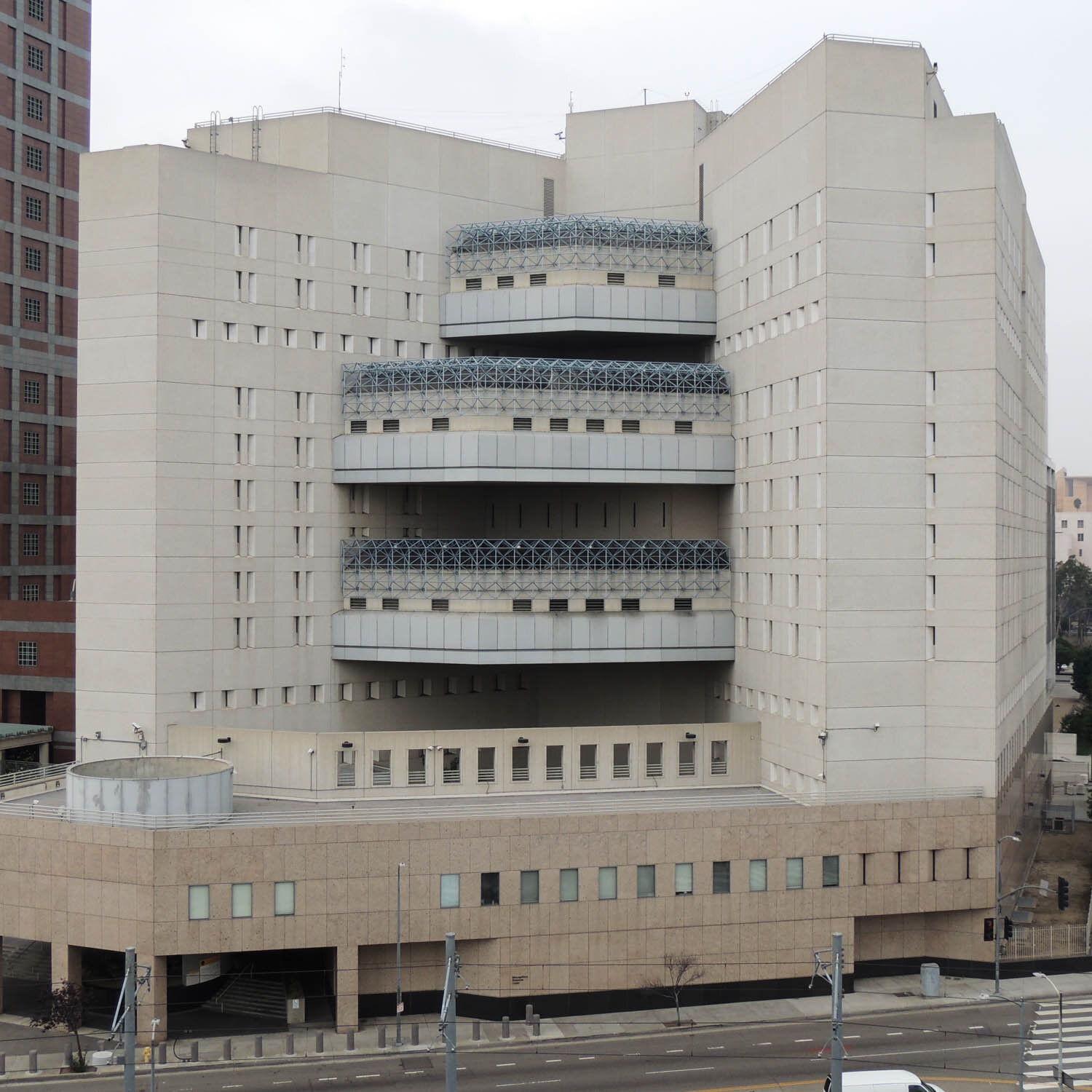Metropolitan Detention Center Completes Upgrade and Maintenance Projects, Delivering 42.5% Water and 30% Energy Savings
42.5%
Energy Reduction in 2019
30%
Water Reduction in 2019
2020 Innovation Awards: Walk the Walk Water Finalist
These projects enabled Metropolitan to meet and surpass their sustainability goals, reducing 2019 energy consumption by 30 percent and water use by almost 43 percent and cutting utility, operational and maintenance costs.
CHALLENGE
The Federal Bureau of Prisons (BOP) is committed to the Federal Government’s conservation goals and to serving as an example of compliance with environmental laws, regulations, and executive orders.
In addition to targeting energy and water use reduction mandates, the BOP’s Metropolitan Detention Center (Metropolitan) in downtown Los Angeles had recurring water system leaks, high maintenance costs, and unconsolidated equipment inventories that were identified as opportunities for cost and resource savings.
Metropolitan is a Federal Detention Center so before moving forward with the project, the team had to address challenges related to securing daily access to the facility for contractors, scheduling inmate shifts during project procurement, and selecting fixtures that would withstand prison usage and low water system pressure fluctuations.
STRATEGY
The project utilized the Energy Savings Performance Contract (ESPC) vehicle, a resource for Federal agencies to procure energy savings with no up-front capital costs and to implement infrastructure upgrades to the facility. In partnership with AMERESCO, the project teams leveraged energy and water savings through the ESPC to implement extensive upgrades to the facility, including automating the HVAC system, installing energy efficient lighting, and several water conservation measures including cooling tower water treatment and installation of plumbing fixtures.
The challenges posed by the facility type and protocol were overcome thru extensive planning that included weekly meetings with the construction team to ensure that the projects were meticulously scheduled and kept on track. Additionally, once the high-endurance fixtures were installed, the team monitored and measured effectiveness to ensure proper functioning. Continuous communication among stakeholders (primarily BOP, Metropolitan, and AMERESCO) during the auditing, design, and construction phases was key to project success.
IMPACT
These projects enabled Metropolitan to meet and surpass their sustainability goals, reducing 2019 energy consumption by 30 percent and water use by almost 43 percent and cutting utility, operational and maintenance costs.
The success of this project is attributed to ongoing stakeholder communication, ESPC incentives, and the team’s ability to demonstrate that the savings from efficiency projects outweigh the challenges posed by the nature of the facility.











